Home>Interior Design>Where To Place Acoustic Panels In A Home Theater
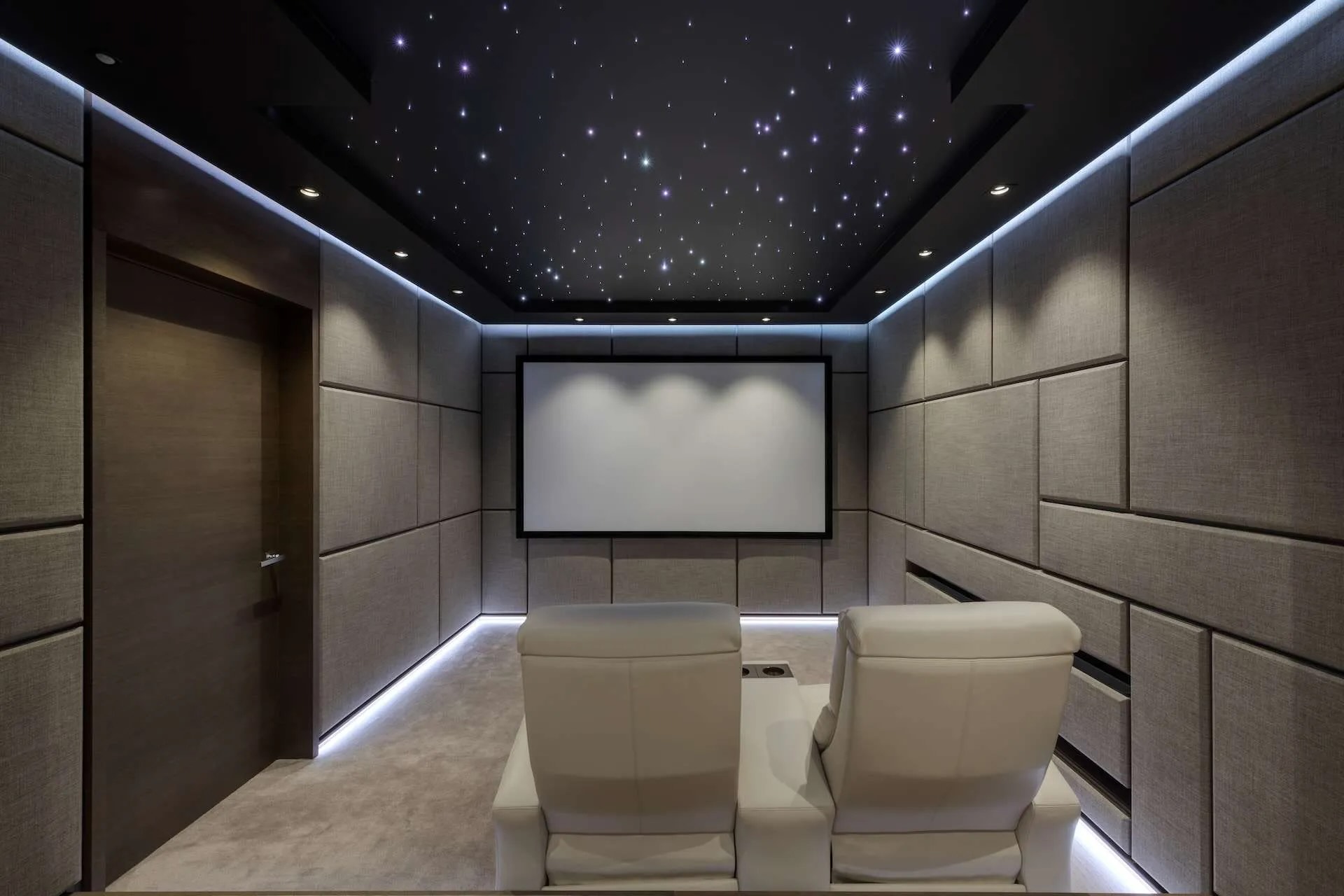

Interior Design
Where To Place Acoustic Panels In A Home Theater
Modified: March 16, 2024
Improve your home theater's sound quality with strategically placed acoustic panels. Learn where to position them for optimal interior design and audio enhancement.
(Many of the links in this article redirect to a specific reviewed product. Your purchase of these products through affiliate links helps to generate commission for Storables.com, at no extra cost. Learn more)
Introduction
Welcome to the world of home theaters, where you can immerse yourself in the magic of movies and music without ever stepping foot outside your home. As technology continues to advance, more and more people are investing in creating their own personalized home theaters. From the perfect screen and sound system to comfortable seating, every detail is carefully considered to create the ultimate cinematic experience.
However, one aspect that is often overlooked in the design of home theaters is the acoustics. The right sound can transport you into a different world, but poor acoustics can ruin the entire experience. That’s where acoustic panels come in.
Acoustic panels are designed to improve sound quality by absorbing and diffusing sound waves. They help to reduce echo, control reverberation, and minimize sound reflections. By strategically placing acoustic panels in your home theater, you can enhance the audio experience and create a more immersive and enjoyable environment.
In this article, we will delve into the importance of placing acoustic panels in a home theater and explore the key areas where they should be installed. But before we dive into the specifics, let’s take a closer look at what acoustic panels are and how they work.
Key Takeaways:
- Enhance your home theater experience by strategically placing acoustic panels to improve sound clarity, balance, and reduce ambient noise, creating a captivating audio environment.
- Consider room size, listening position, and primary reflection points when placing acoustic panels on the front wall, side walls, ceiling, back wall, and corners for optimal sound control.
Understanding Acoustic Panels
Acoustic panels are specially designed sound-absorbing panels that are used to improve the acoustics of a space. They are made from various materials, such as foam, fabric, or wood, and are specifically engineered to absorb sound waves.
The primary function of acoustic panels is to reduce echo and control reverberation. Echo occurs when sound waves reflect off hard surfaces and bounce back into the space, causing a prolonged and distorted sound. Reverberation, on the other hand, refers to the persistence of sound in a confined space due to multiple reflections.
Acoustic panels work by absorbing sound waves, preventing them from bouncing off walls, ceilings, and floors. They can be either absorptive or diffusive. Absorptive panels are designed to absorb sound energy, while diffusive panels scatter sound waves in various directions to create a balanced sound environment.
When it comes to choosing the right acoustic panels for your home theater, there are a few factors to consider. The thickness and density of the panels, as well as their placement and arrangement, all play a role in their effectiveness. It’s important to select panels that are specifically designed for sound absorption and have been tested and certified for their acoustic performance.
Importance of Placing Acoustic Panels in a Home Theater
Placing acoustic panels in a home theater is crucial for creating an optimal audio experience. Here are some key reasons why it is important to invest in acoustic panels:
- Improved Sound Clarity: Acoustic panels help in reducing echo and controlling reverberation, resulting in improved sound clarity. They absorb excess sound waves, preventing them from bouncing off the walls and creating a muddy or distorted audio experience. This allows you to hear dialogue, music, and sound effects with greater precision and clarity.
- Enhanced Sound Balance: By strategically placing acoustic panels in your home theater, you can achieve a more balanced sound. Reflections and echoes can cause uneven sound distribution, making certain frequencies overpowering, while others get lost. Acoustic panels absorb excessive sound reflections, ensuring that the sound is evenly spread throughout the room, providing a more immersive and natural audio experience.
- Reduced Ambient Noise: Acoustic panels not only absorb sound reflections but also act as a barrier to external noise sources. They help in reducing the amount of ambient noise entering the theater space, allowing you to fully immerse yourself in movies, music, or games without distractions. This is particularly beneficial if your home theater is located in a noisy environment or if you have other activities happening in adjacent rooms.
- Minimized Sound Leakage: If your home theater is located within a shared living space, it is important to minimize sound leakage to avoid disturbances to others. Acoustic panels can help in preventing sound from leaking out of the theater room, allowing you to enjoy your movies or concerts without disturbing others in the house.
- Optimal Room Acoustics: Every room has its own unique acoustic properties, and each home theater setup is different. Placing acoustic panels in strategic locations can help to overcome the inherent acoustic challenges of your specific room. By addressing room-specific acoustic issues, you can create an optimal acoustic environment that maximizes the potential of your audio system and ensures the best possible sound quality.
In summary, placing acoustic panels in a home theater is essential for improving sound clarity, enhancing sound balance, reducing ambient noise, minimizing sound leakage, and achieving optimal room acoustics. By investing in high-quality acoustic panels and carefully considering their placement, you can transform your home theater into a truly immersive and enjoyable audio experience.
Factors to Consider Before Placing Acoustic Panels
Before you start placing acoustic panels in your home theater, there are a few important factors to consider. These factors will ensure that you achieve the best possible acoustic performance and optimal placement of the panels. Here are some key factors to keep in mind:
- Room Size and Shape: The size and shape of your home theater room play a significant role in determining the number and placement of acoustic panels. Larger rooms generally require more panels to effectively control reflections and reverberation. Similarly, irregularly shaped rooms may require additional panels to address specific acoustic challenges caused by odd angles or corners.
- Listening Position: The position of your main listening area or seating position is crucial when deciding where to place acoustic panels. Determine the sweet spot or the area where you will be sitting most often when enjoying your home theater. This will help you identify the areas where sound reflections need to be minimized or controlled to achieve the best listening experience.
- Primary Reflection Points: The primary reflection points in a room are the areas where sound waves from the speakers first hit the walls or ceiling before reaching your ears. These reflection points need special attention as they can cause significant sound distortions. Identify these reflection points by using a mirror or by clapping your hands, and place acoustic panels strategically to absorb or diffuse sound waves at these points.
- Speaker Placement: The placement of your speakers is crucial in achieving optimal sound reproduction. Consider the positioning of your speakers and make sure they are properly aligned with the intended listening area. Placing acoustic panels near the speakers, particularly on the sidewalls, can help in controlling sound reflections and enhancing the overall sound quality.
- Room Surfaces: Take note of the type of surfaces in your home theater room. Hard surfaces like concrete, glass, or hardwood floors tend to reflect sound more than softer surfaces like carpet or fabric-covered walls. Identify the areas with the highest reflection potential and prioritize placing acoustic panels in those areas. It’s also worth considering the aesthetics of the room and choosing panel designs and colors that blend well with the overall décor.
- Panel Placement Options: Acoustic panels can be placed on the walls, ceiling, or both. Depending on the specific acoustic challenges in your room, you may need to use a combination of wall-mounted panels, ceiling-mounted panels, or freestanding panels to achieve optimal sound control. Experiment with different panel placements and configurations to find the setup that provides the best acoustic results.
By considering these factors before placing acoustic panels in your home theater, you can ensure that you achieve the desired acoustic improvements and create a balanced and immersive sound experience.
Key Areas to Place Acoustic Panels in a Home Theater
Now that you understand the importance of acoustic panels and have considered the factors involved, let’s dive into the key areas where you should place acoustic panels in your home theater. These areas are critical for controlling sound reflections and creating an optimal acoustic environment. Here are the main areas to focus on:
- Front Wall: The front wall is the wall where your main screen and speakers are located. Placing acoustic panels on this wall helps to absorb sound reflections and minimize sound distortions. Arrange the panels symmetrically around the screen and speakers, focusing on the primary reflection points. This will enhance sound clarity and improve the overall audio experience.
- Side Walls: The side walls of your home theater room are important for controlling lateral sound reflections. Place acoustic panels on the side walls, starting from the primary reflection points and extending along the entire length of the walls. This will help in reducing echo and providing a more focused and accurate soundstage.
- Ceiling: The ceiling plays a significant role in the overall acoustics of a room. Install acoustic panels on the ceiling to control sound reflections that can bounce off the ceiling and cause distortions. Consider placing panels above the listening area and between the speakers to create a more immersive and precise sound environment.
- Back Wall: The back wall of your home theater is another area that should be treated with acoustic panels. Placing panels on the back wall helps to reduce sound reflections and echo that can bounce back toward the listening area. This improves sound clarity and prevents a boomy or muffled sound experience.
- Corners: Corners are notorious for trapping sound and causing low-frequency resonances. To counteract this, place bass traps or thick acoustic panels in the corners of your home theater. Bass traps are specially designed panels that help in absorbing low-frequency sound waves, reducing bass build-up and creating a more balanced audio response.
When it comes to panel placement, consider a blend of absorptive and diffusive panels to achieve the best acoustic results. Absorptive panels should be placed at primary reflection points and areas where sound reflections are strongest, while diffusive panels can be placed in other areas to scatter sound waves and create a more spacious and natural sound environment.
Remember that every home theater room is unique, and the placement of acoustic panels may vary depending on the specific room dimensions and acoustic challenges you face. Experiment with different panel placements and configurations to find the setup that delivers the best audio experience for your particular space.
By strategically placing acoustic panels in these key areas, you can optimize the acoustics of your home theater and create a truly immersive and captivating audio experience.
Read more: Where To Place Acoustic Panels In A Room
Front Wall
The front wall is a critical area in your home theater where your main screen and speakers are located. Placing acoustic panels on the front wall is essential for enhancing sound clarity and improving the overall audio experience. Here are some considerations for placing panels on the front wall:
- Center Channel Speaker: The center channel speaker is responsible for reproducing most of the dialogue and on-screen action in movies and TV shows. Placing an acoustic panel behind the center channel speaker can help in absorbing sound reflections and preventing them from bouncing back into the room. This ensures that the dialogue remains clear and intelligible, enhancing the overall audio quality.
- Symmetrical Placement: To achieve a balanced soundstage, it’s important to place acoustic panels symmetrically around the main screen and speakers. This helps in maintaining consistent sound dispersion across the front soundstage. Whether you choose to mount the panels on the wall or use freestanding panels, make sure they are positioned evenly on both sides of the screen and speakers.
- Primary Reflection Points: Identify the primary reflection points on the front wall, which are the areas where sound waves from the speakers first hit the wall before reaching your ears. These reflection points can cause sound distortions and impact the accuracy of the audio. Install acoustic panels at these points to absorb the sound reflections and prevent them from interfering with the direct sound from the speakers.
- Distance from the Screen: Consider the distance between the front wall and the main screen when placing acoustic panels. You want to ensure that the panels do not obstruct the view or affect the image quality. Leave enough space between the screen and the panels to maintain a clear line of sight while still effectively treating the front wall acoustically.
- Panel Size and Placement: The size and quantity of panels you use on the front wall will depend on the dimensions of your home theater room and the specific acoustic challenges you are facing. Larger rooms may require more panels to adequately control sound reflections. Experiment with different panel sizes and arrangements to find the setup that delivers the best sound performance.
Remember, the goal of placing acoustic panels on the front wall is to improve sound clarity, reduce sound reflections, and create a more immersive audio experience. By carefully considering the placement and arrangement of acoustic panels on the front wall, you can achieve optimal acoustic performance and enhance the overall enjoyment of your home theater.
Place acoustic panels on the side walls, behind the main speakers, and on the ceiling to absorb sound reflections and improve the overall sound quality in your home theater.
Side Walls
The side walls of your home theater room play a crucial role in the overall sound experience. Placing acoustic panels on the side walls is essential for controlling lateral sound reflections and ensuring a balanced audio environment. Here are some key considerations when it comes to placing panels on the side walls:
- Primary Reflection Points: Identify the primary reflection points on the side walls, which are the areas where sound waves from the speakers first hit the walls before reaching your ears. These reflection points can cause sound distortions and impact the stereo imaging. Install acoustic panels at these points to absorb the sound reflections and minimize their effect on the direct sound from the speakers.
- Distance from the Listening Position: Consider the placement of acoustic panels in relation to the listening position in your home theater. Aim to place the panels where they will have the most significant impact on sound reflection control at the listener’s ears. This could be directly to the sides of the seating area or slightly behind it, depending on the room’s dimensions and seating arrangement.
- Even Distribution: When placing acoustic panels on the side walls, it’s important to achieve an even distribution to maintain sound balance and consistency. Space the panels out evenly along the length of the walls, starting from the primary reflection points and extending towards the rear of the room. This ensures that sound reflections are adequately controlled throughout the listening area.
- Panel Placement Options: Depending on the wall surface and your preferences, you can choose to mount the panels directly on the side walls or use freestanding panels. Wall-mounted panels offer a more discreet and integrated look, while freestanding panels provide flexibility in terms of rearrangement and placement. Experiment with different placement options to find the setup that offers the best acoustic results for your specific room.
- Panel Thickness and Density: The thickness and density of the acoustic panels also play a role in their effectiveness. Thicker and denser panels tend to absorb more sound energy, resulting in better sound control. Consider the acoustic properties of the panels you choose and ensure they are appropriate for the side wall placement to achieve optimal absorption of sound reflections.
Keep in mind that every room is different, and the acoustic challenges you face may vary. It’s important to experiment with different placements and configurations of the acoustic panels on the side walls to find the setup that provides the best sonic environment for your home theater. With proper placement, you can effectively control sound reflections, enhance stereo imaging, and create a more immersive and enjoyable audio experience.
Ceiling
The ceiling is often an overlooked area when it comes to treating the acoustics of a home theater. However, placing acoustic panels on the ceiling can significantly enhance sound quality and create a more immersive audio experience. Here are some key considerations for placing acoustic panels on the ceiling:
- Reflection Control: Sound waves can bounce off the ceiling and cause unwanted reflections, which can lead to echo and distortions. Installing acoustic panels on the ceiling helps to absorb these sound reflections, reducing their impact on the overall audio quality. This is particularly important for rooms with high ceilings or hard surfaces that tend to reflect sound more.
- Primary Listening Area: Consider the placement of acoustic panels on the ceiling above the primary listening area or seating position. By placing panels above the listening area, you can create a more focused and accurate soundstage. This helps to enhance stereo imaging, improve sound localization, and create a more realistic audio experience.
- Speaker Placement: Pay attention to the positioning of your speakers and their interaction with the ceiling. Depending on the speaker configuration, reflections from the ceiling can affect the overall sound balance. Placing acoustic panels strategically on the ceiling can help in controlling these reflections and ensuring a more balanced sound distribution throughout the room.
- Room Resonances: In some cases, the ceiling can contribute to certain room resonances or standing waves, particularly in rooms with parallel walls. These resonances can cause uneven bass response and muddiness in the sound. Installing bass traps or thicker acoustic panels on the ceiling can help in absorbing these low-frequency sound waves and reducing the impact of room resonances.
- Room Size and Shape: The size and shape of your home theater room can influence the number and placement of acoustic panels on the ceiling. Larger rooms or rooms with complex shapes may require more panels to effectively control sound reflections. Assess the specific acoustic challenges of your room and determine the optimal placement and arrangement of the panels accordingly.
When it comes to ceiling panel placement, you have several options. You can choose to mount the panels directly on the ceiling or use hanging baffles or clouds to suspend the panels from the ceiling. The choice depends on the aesthetics of your home theater, the accessibility of the ceiling, and the specific acoustic requirements of your space.
By placing acoustic panels on the ceiling, you can effectively control sound reflections, minimize echo, and create a more balanced and immersive audio environment in your home theater. Take the time to experiment with different panel placements and configurations to find the setup that delivers the best acoustic results for your specific room.
Back Wall
The back wall of your home theater plays an important role in the overall sound experience. Placing acoustic panels on the back wall helps to control sound reflections and create a more balanced audio environment. Consider the following factors when placing panels on the back wall:
- Reflection Control: Sound that reaches the back wall can bounce back towards the listening area, causing unwanted reflections. Placing acoustic panels on the back wall helps to absorb these reflections, reducing echo and improving the overall sound clarity. This is particularly important if your home theater has a large rear seating area or if there are hard surfaces on the back wall.
- Primary Reflection Points: Identify the primary reflection points on the back wall, which are the areas where sound waves from the speakers first hit before reaching your ears. These reflection points can cause sound distortions and impact the accuracy of the audio. Installing acoustic panels at these points helps to absorb the sound reflections and prevent interference with the direct sound from the speakers.
- Distance from the Listening Position: Consider the placement of acoustic panels on the back wall in relation to the listening position. The panels should be positioned where they can have the most significant impact on sound reflection control at the listener’s ears. This may require experimenting with the spacing and alignment of the panels to achieve the best acoustic results.
- Bass Frequencies: The back wall can also contribute to bass build-up and standing waves in the room. This can result in uneven bass response and muddiness in the low frequencies. To address this, consider using bass traps or thicker acoustic panels on the back wall. These specialized panels are designed to absorb low-frequency sound waves, helping to minimize bass issues and create a more balanced sound.
- Panel Arrangement: Arrange the acoustic panels on the back wall in a way that provides even coverage and ensures an aesthetically pleasing look. You can choose to mount the panels directly on the back wall or use freestanding panels. Consider the overall design and layout of your home theater, as well as the size and quantity of panels needed to effectively control sound reflections on the back wall.
Placing acoustic panels on the back wall of your home theater helps to improve sound clarity, reduce sound reflections, and create a more immersive audio experience. Experiment with different panel placements and configurations to find the setup that provides the best sound performance for your specific room. By effectively treating the back wall, you can enhance the overall acoustics of your home theater and enjoy a more enjoyable and immersive sound experience.
Read more: Where To Place Home Theater Speakers
Corners
When it comes to optimizing the acoustics of your home theater, don’t overlook the importance of treating the corners of the room. Placing acoustic panels in the corners can help control low-frequency resonances and improve the overall sound quality. Consider the following factors when placing panels in the corners:
- Bass Traps: The corners of a room tend to be hotspots for low-frequency sound buildup and resonances. To address this, consider using bass traps in the corners. Bass traps are specially designed panels that absorb low-frequency sound waves, reducing bass buildup and creating a more balanced and accurate bass response. Place bass traps in both vertical and horizontal corners to effectively control low-frequency resonances.
- Absorption and Diffusion: When treating the corners, it’s important to consider a combination of absorption and diffusion. Absorptive panels help to reduce sound energy, while diffusive panels scatter sound waves in different directions to create a more spacious sound environment. A combination of both can provide a balanced acoustic response in the corners.
- Thickness and Density: The thickness and density of the panels used in the corners also play a role in their effectiveness. Thicker and denser panels tend to absorb more sound energy, especially at lower frequencies. Consider using thicker bass traps or panels specifically designed for corner placement to maximize their absorption capabilities.
- Placement in Multiple Corners: Depending on the size and shape of your room, you may have multiple corners to address. Treat each corner individually to ensure proper coverage and absorption. This may involve placing bass traps or panels in all four corners or focusing on the corners that have the most significant impact on low-frequency resonances.
- Integration with Room Design: While the primary focus when placing panels in the corners is sound performance, it’s also important to consider how they integrate with the overall design of your home theater. Choose panel designs and colors that complement the room aesthetics and create a cohesive and visually appealing space.
By addressing the corners of your home theater with acoustic panels, particularly bass traps, you can effectively control low-frequency resonances and create a more balanced and accurate bass response. Experiment with the placement and combination of different panel types to find the setup that provides the best acoustic performance for your specific room. Treating the corners will help optimize the overall sound quality, ensuring a more immersive and enjoyable audio experience in your home theater.
Conclusion
Creating a home theater is a wonderful way to bring the magic of movies and music into your own space. While you carefully consider the screen, audio system, and seating, it’s equally important to pay attention to the acoustics of the room. Placing acoustic panels strategically in your home theater can significantly enhance the audio experience and create a more immersive and enjoyable environment.
By understanding the purpose and functionality of acoustic panels, you can optimize their placement and achieve the best possible sound quality. Acoustic panels absorb sound waves, reducing echo, controlling reverberation, and minimizing sound reflections. This helps to create a balanced and clear audio environment by enhancing sound clarity, improving sound balance, and reducing ambient noise. Placing acoustic panels in your home theater also prevents sound leakage and ensures optimal room acoustics.
Consider various factors before placing acoustic panels, such as room size and shape, listening position, primary reflection points, speaker placement, and room surfaces. These factors will guide you in determining the number and placement of panels you need for optimal acoustic performance.
Key areas to place acoustic panels in your home theater include the front wall, side walls, ceiling, back wall, and corners. Each area plays a specific role in controlling sound reflections and creating an immersive sound experience. By strategically placing panels in these areas, you can enhance sound clarity, improve sound balance, and minimize unwanted reflections and resonances.
Remember, every home theater room is unique, and the ideal placement of acoustic panels may vary. Experimentation and adjustment are key to finding the setup that works best for your specific room dimensions and acoustic challenges. With proper placement, you can transform your home theater into a space where every movie, concert, or gaming session becomes a truly immersive and captivating experience.
Investing in acoustic panels for your home theater is a worthy endeavor. They not only improve the audio experience but also add a level of sophistication and professionalism to your space. So, take the time to research and select high-quality acoustic panels that fit your needs and design preferences. With the right placement, you can elevate the acoustics of your home theater and create a cinema-quality experience right in the comfort of your own home.
Frequently Asked Questions about Where To Place Acoustic Panels In A Home Theater
Was this page helpful?
At Storables.com, we guarantee accurate and reliable information. Our content, validated by Expert Board Contributors, is crafted following stringent Editorial Policies. We're committed to providing you with well-researched, expert-backed insights for all your informational needs.
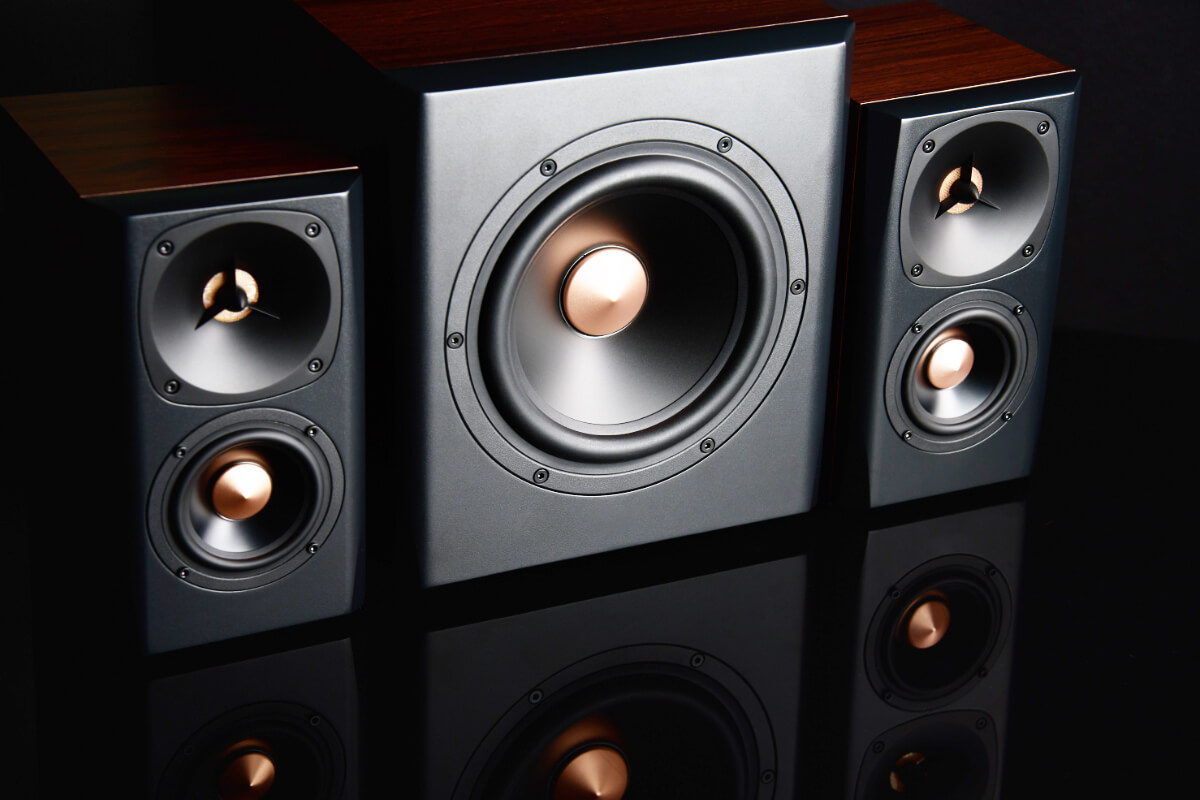
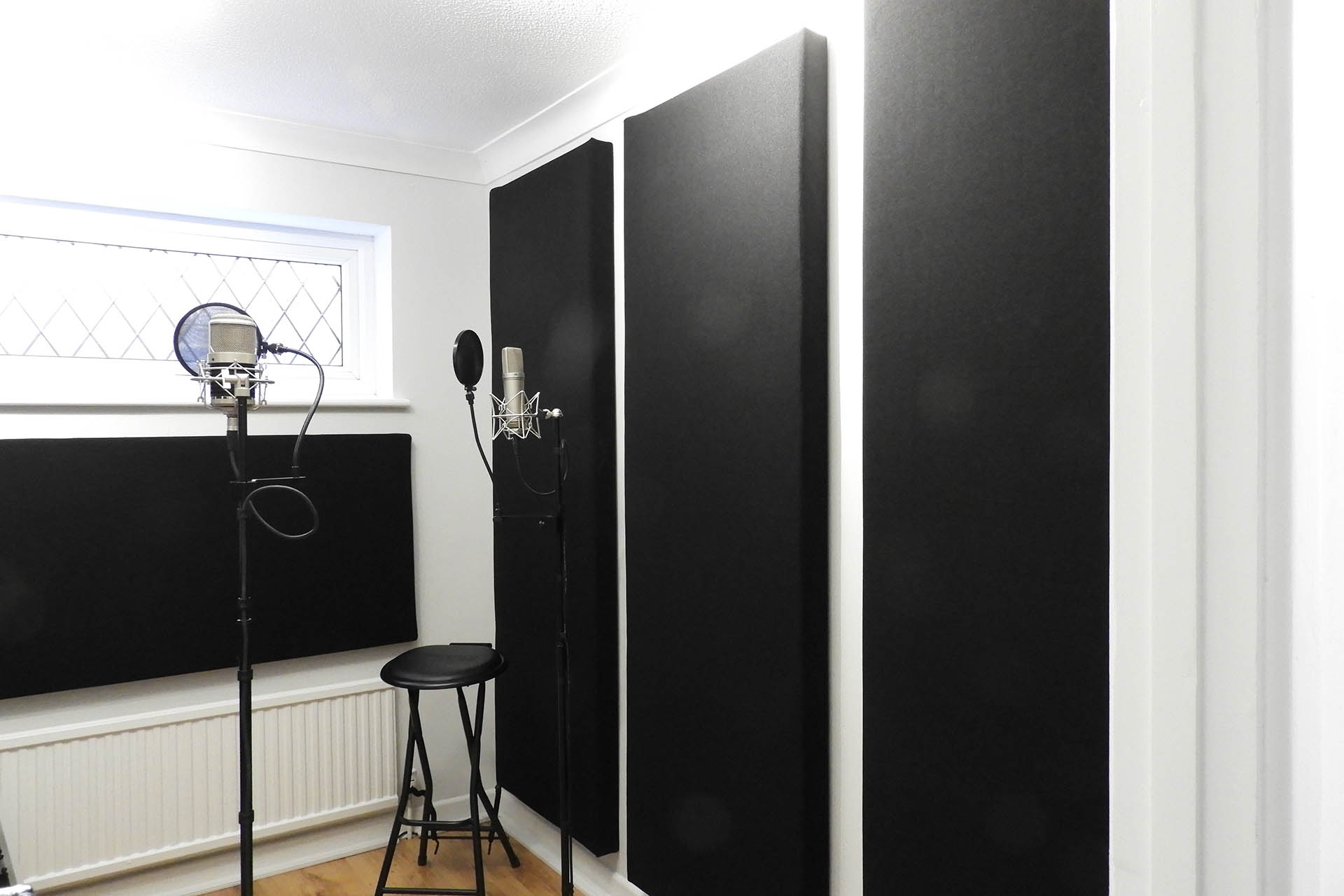
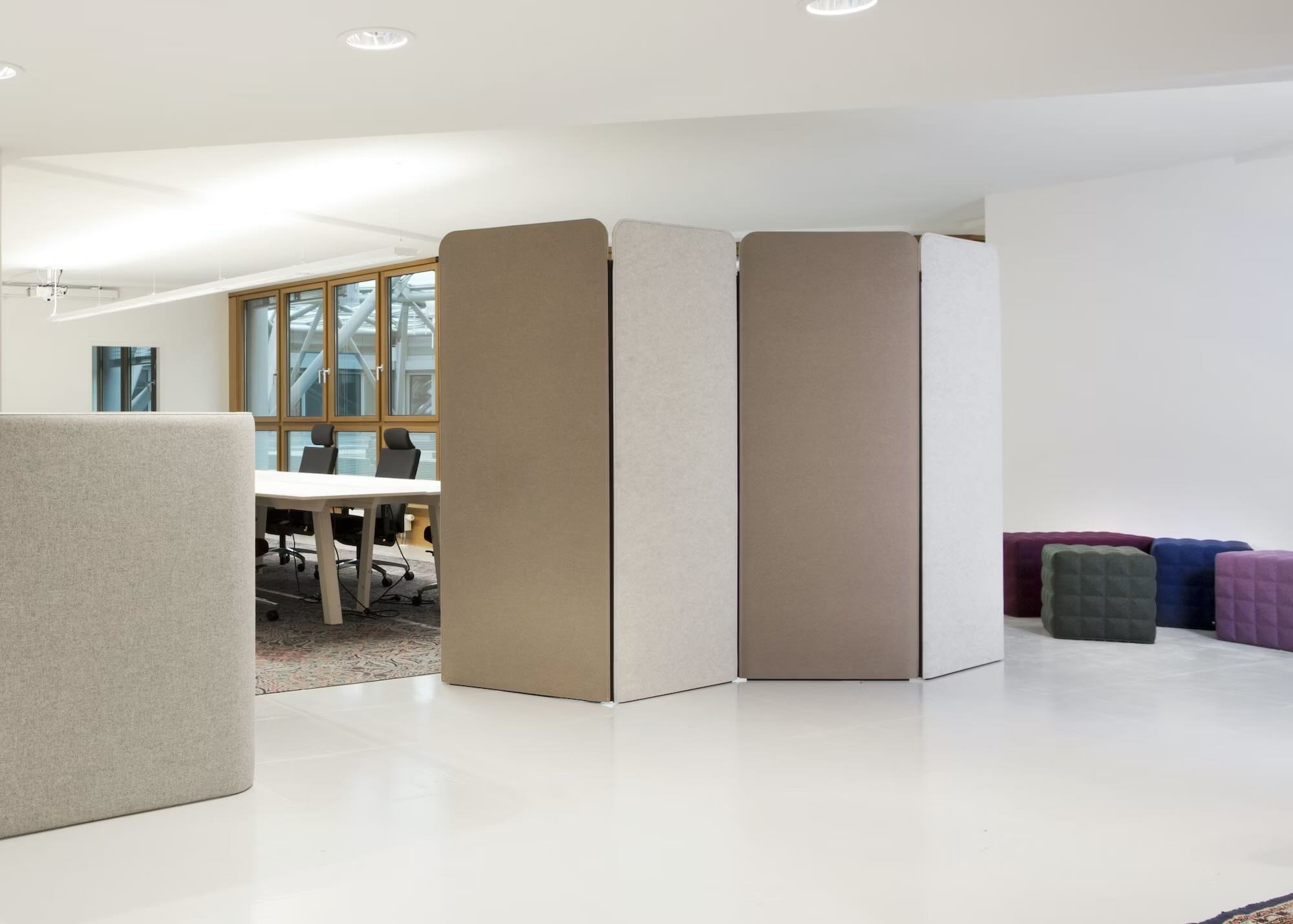
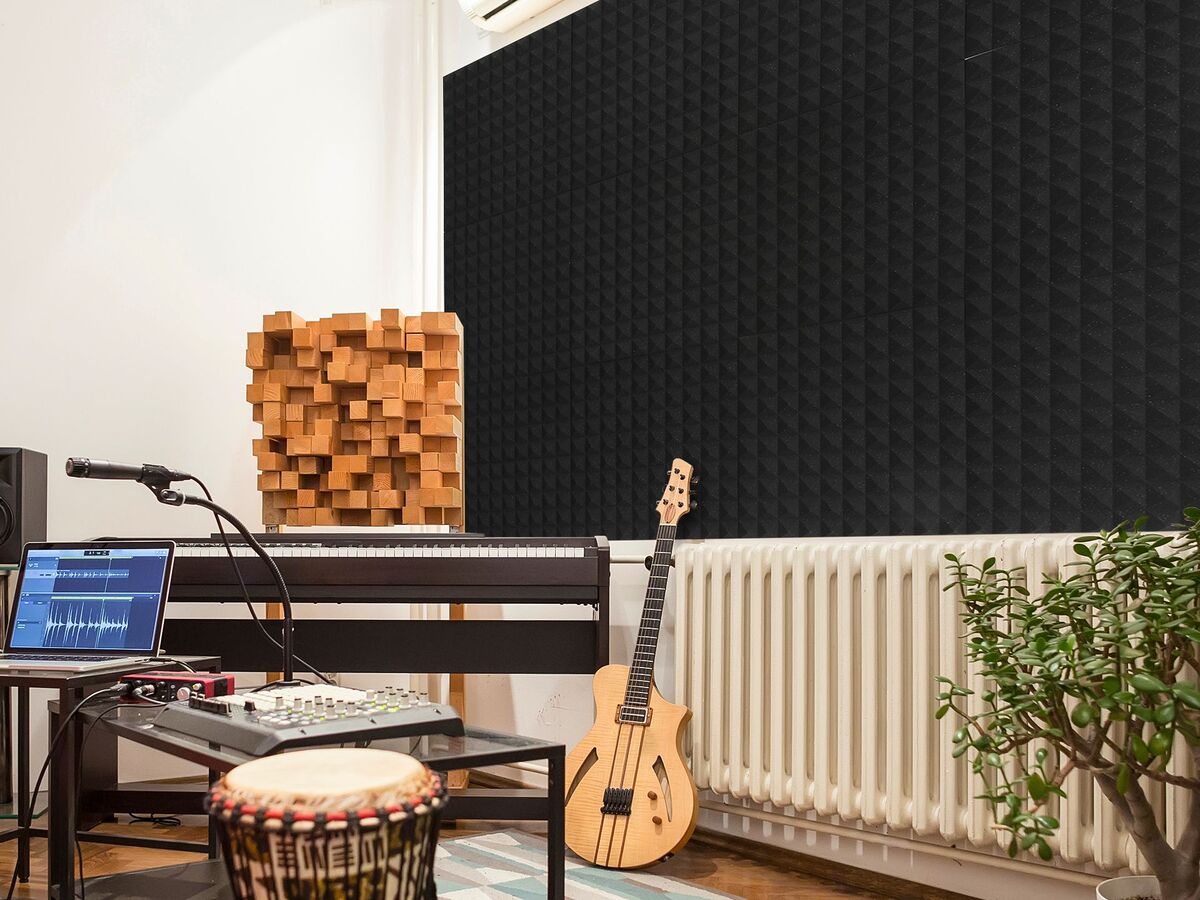

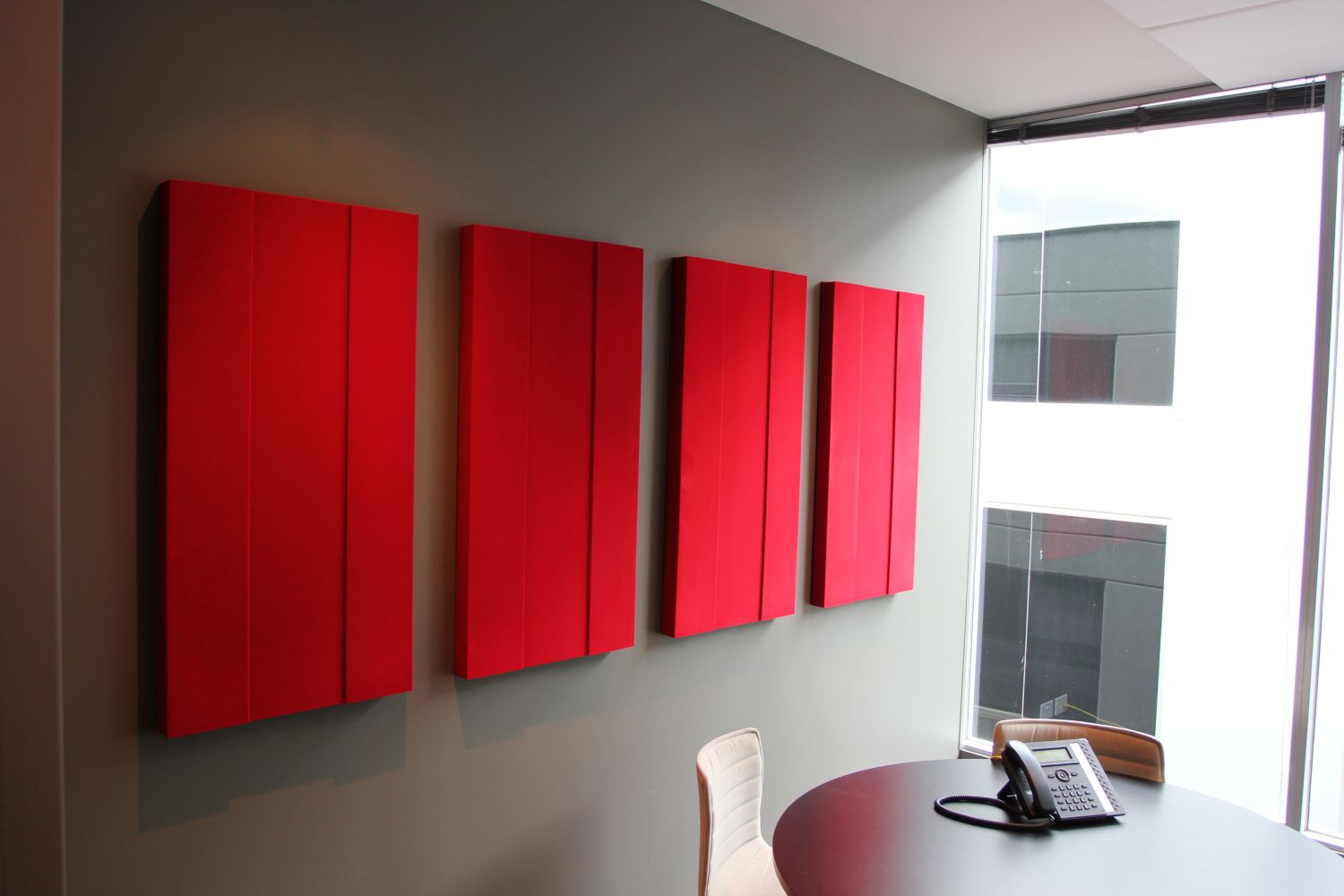


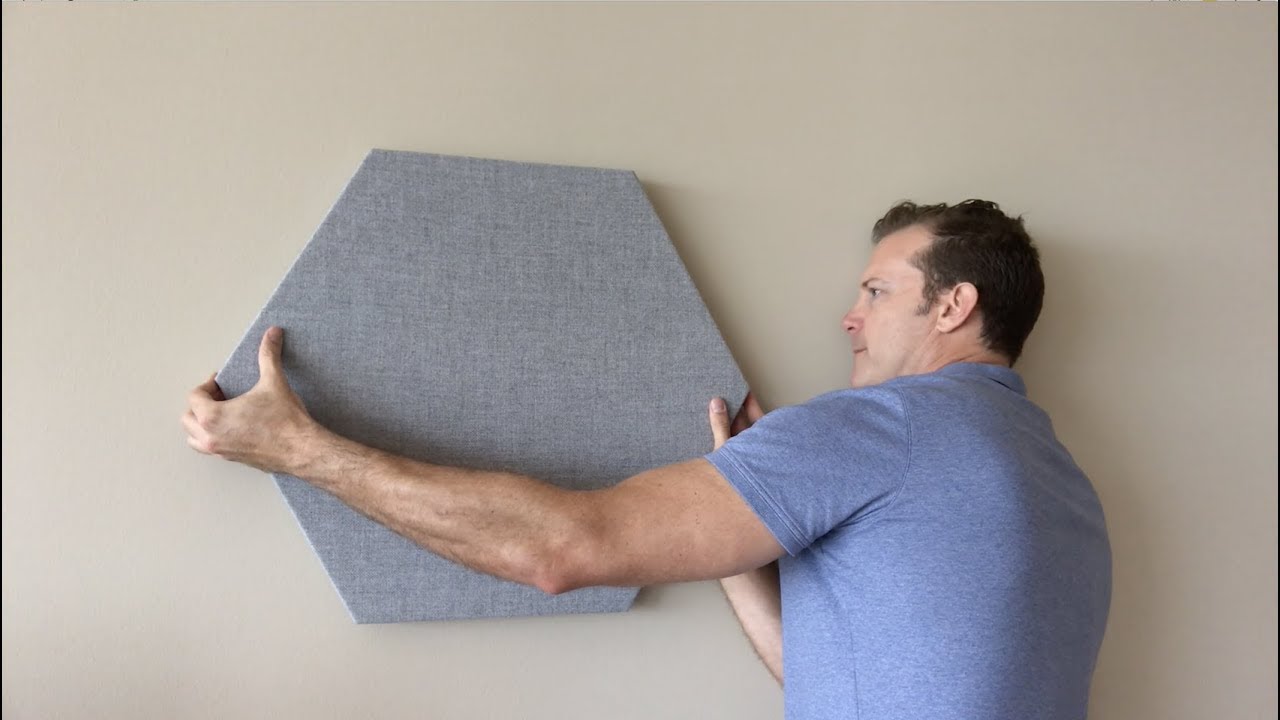
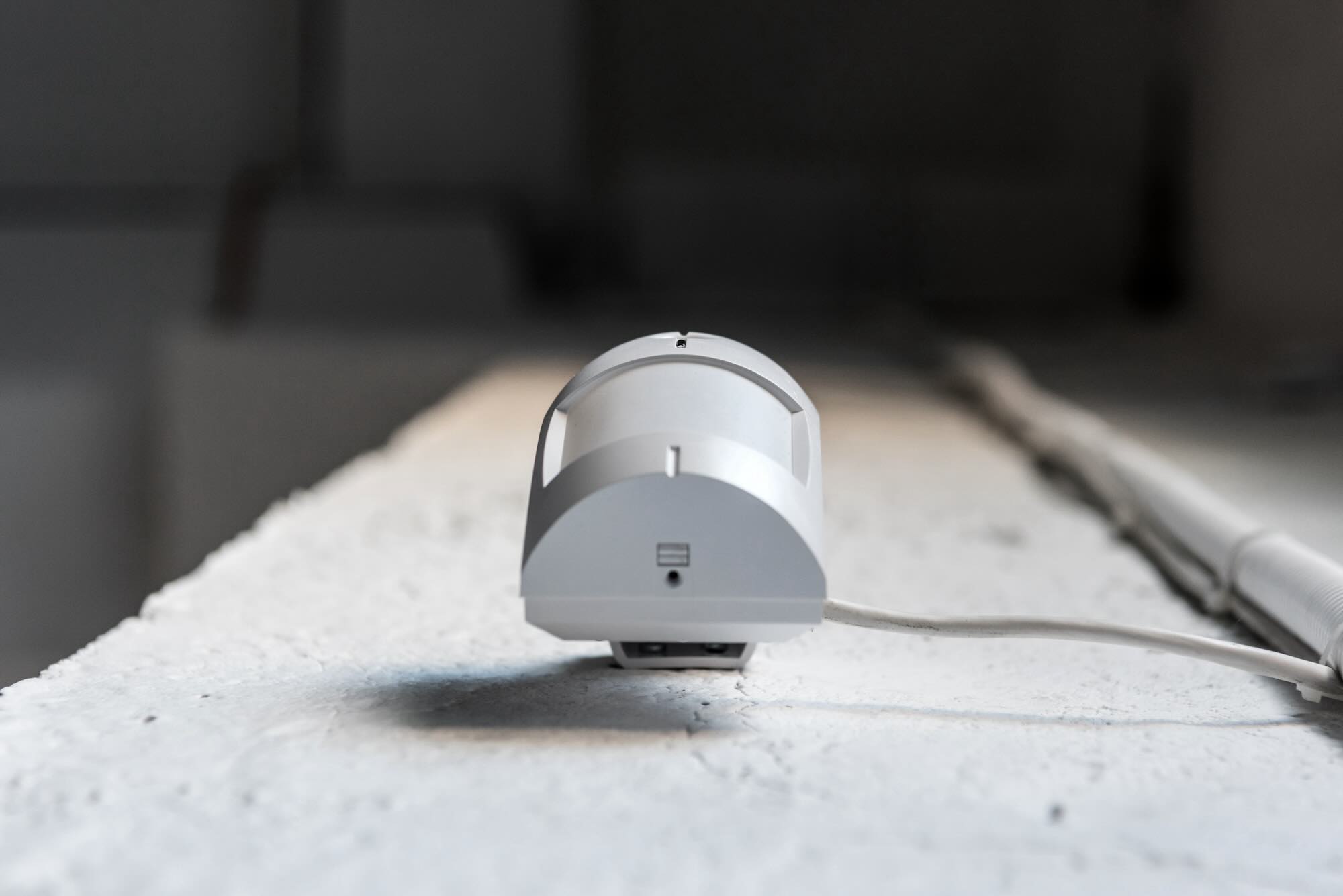
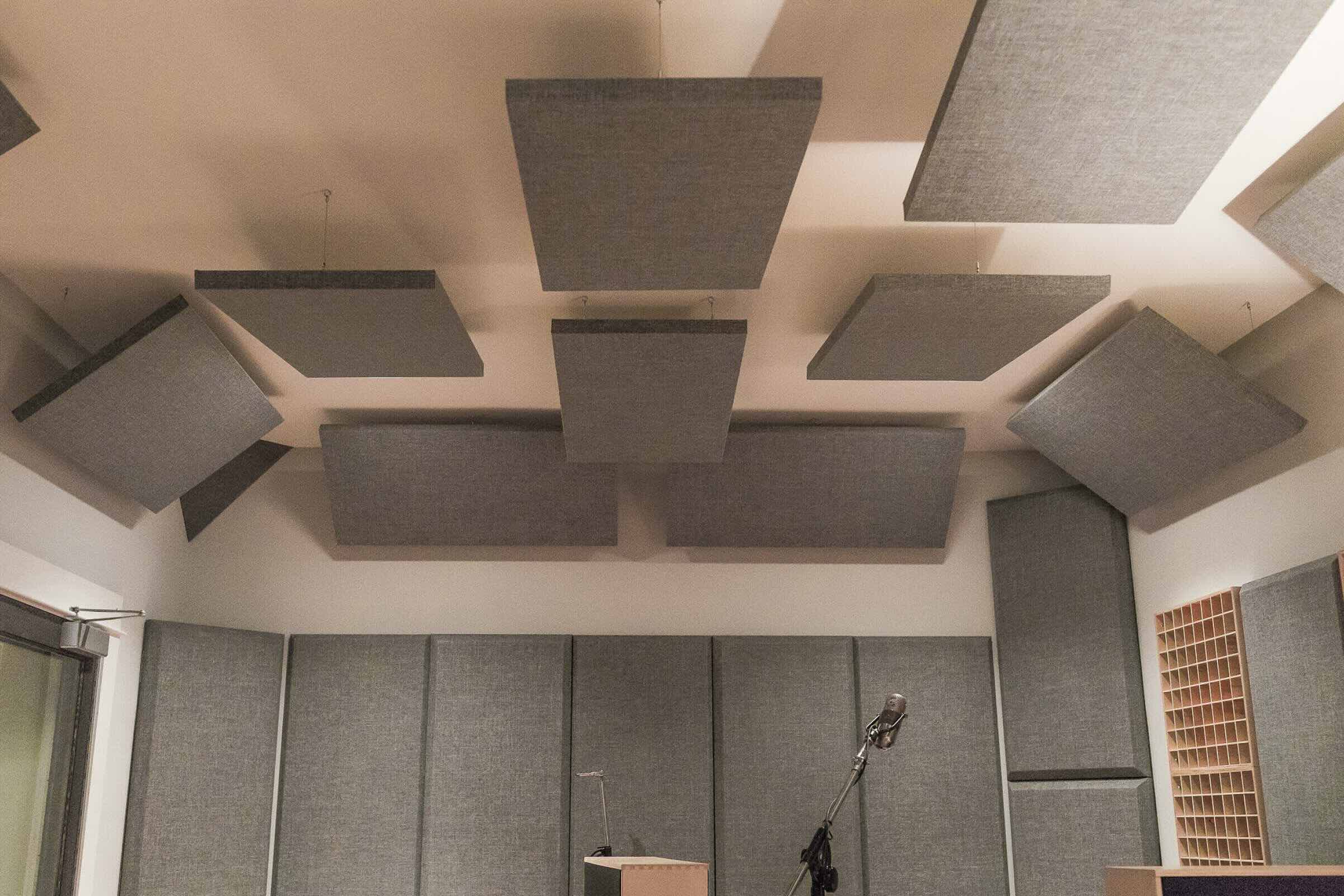
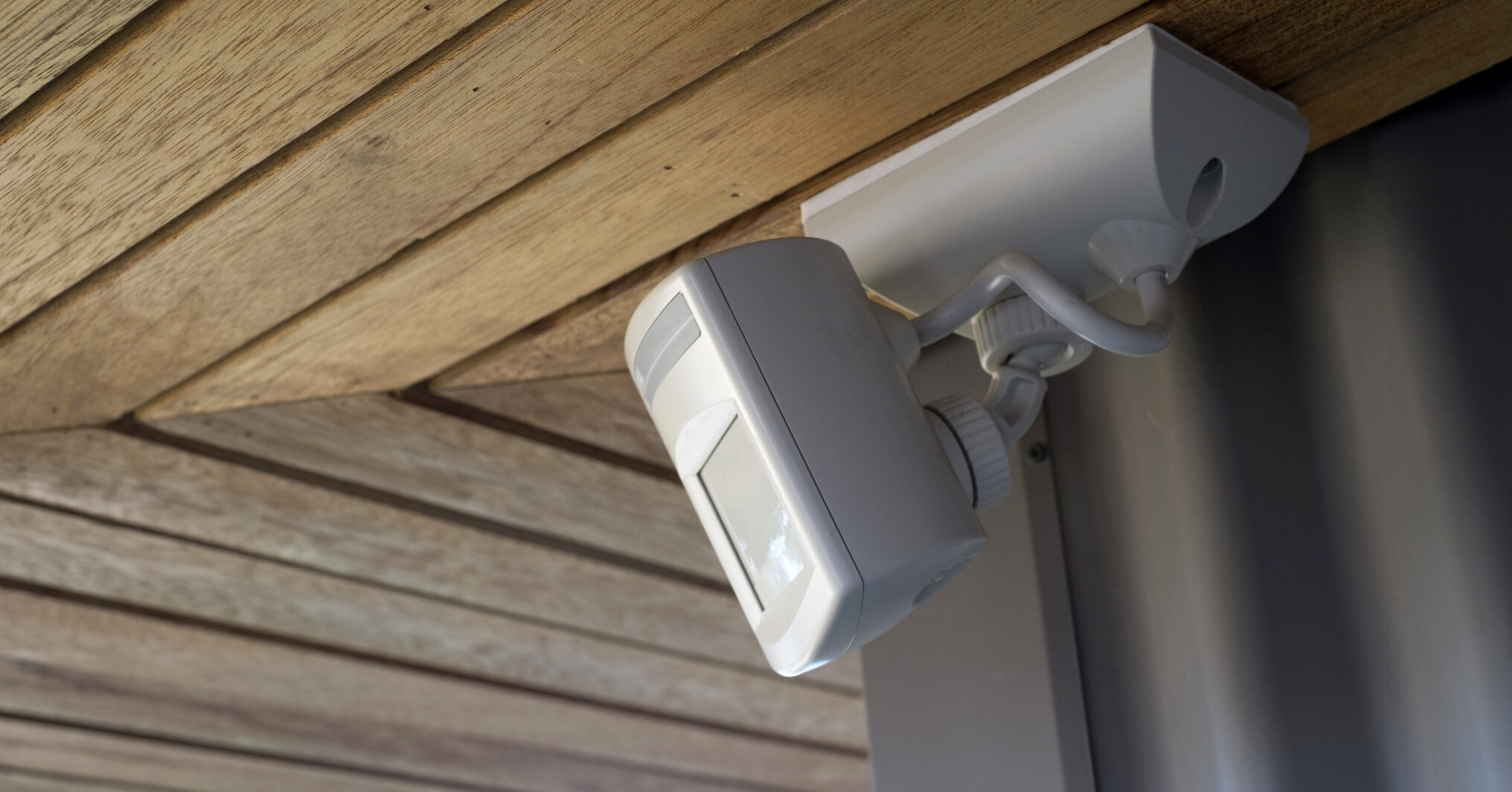


0 thoughts on “Where To Place Acoustic Panels In A Home Theater”